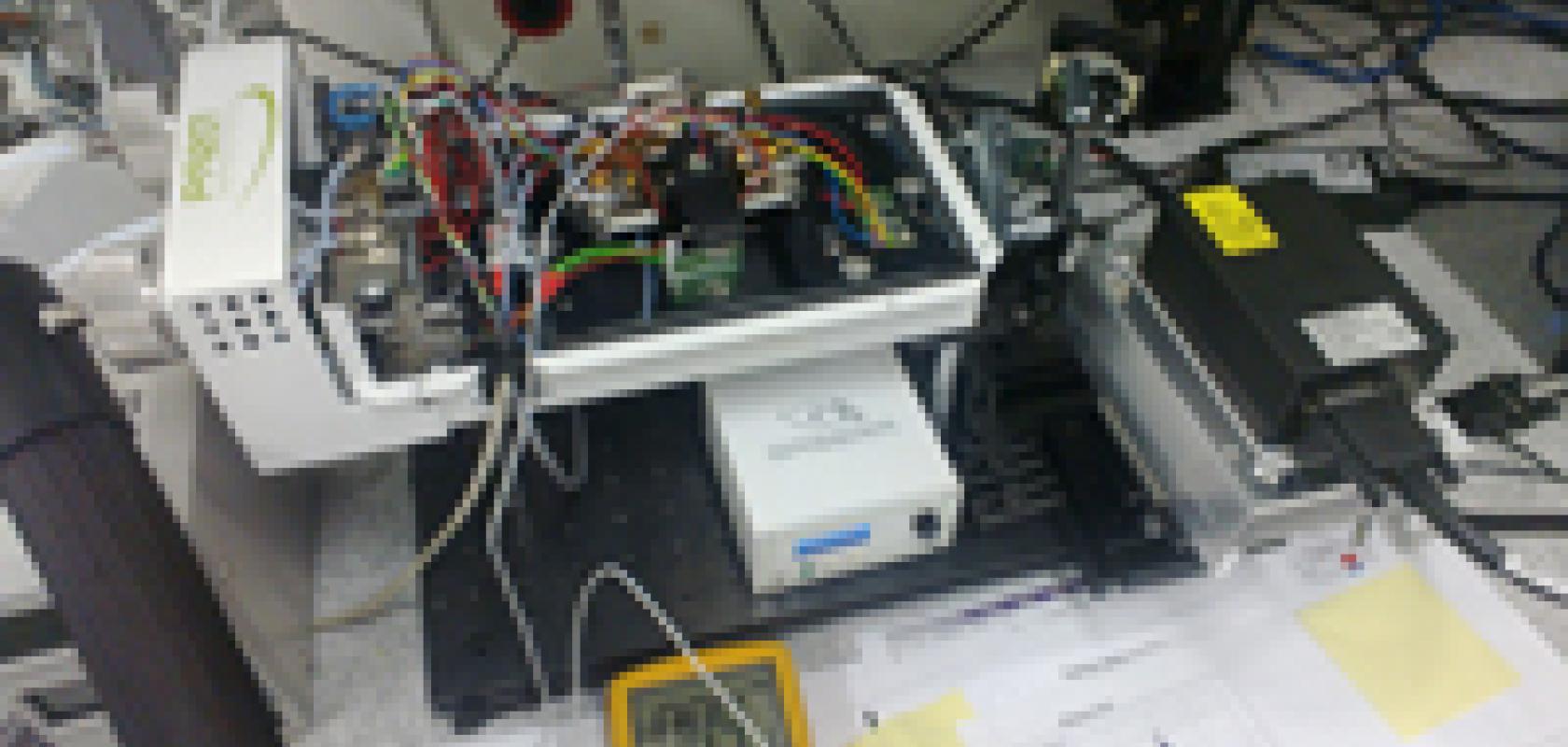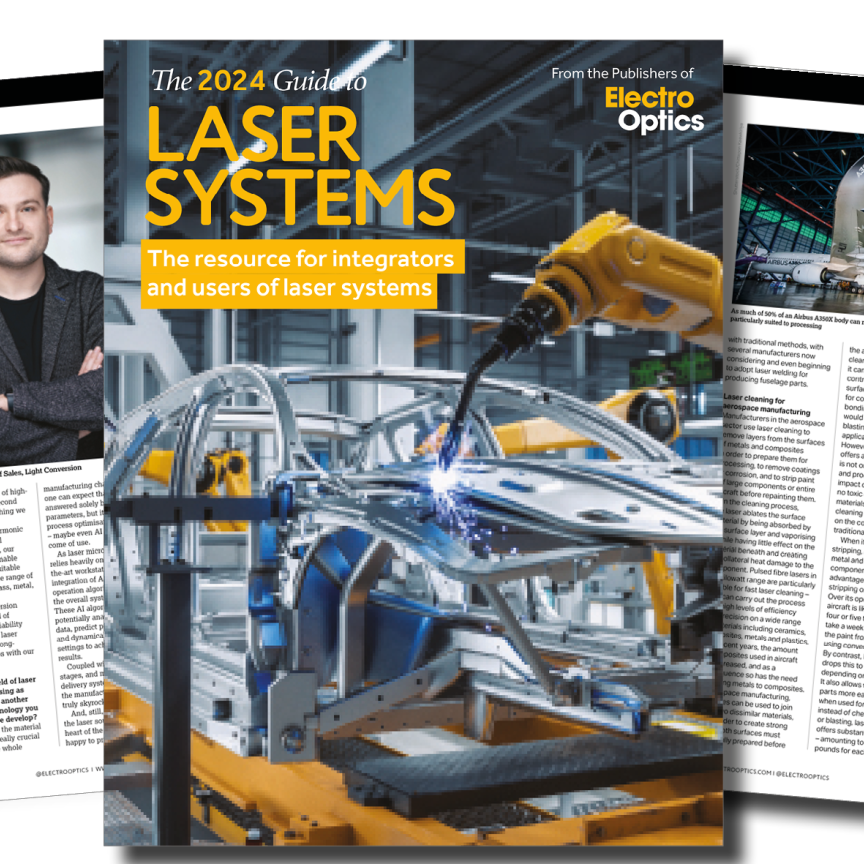Gas Sensing using tunable mid-IR lasers and Photoacoustic spectroscopy (PAS)

This applications note presents an example of ppb (parts per billion) sensitivity using a commercially available PAS system based on MEMs cantilever microphone technology (PA201 from Gasera Ltd) together with a high power, narrow band and widely tunable mid-infrared laser source (Cobolt Odin™ from Cobolt AB). The target molecule in the demonstration was methane whose detection limit was determined to be 4 ppb using 1 second observation time.
Measurement Setup
The commercially available PA201 system, consisted of a photoacoustic detector with an optical cantilever microphone in 95 mm long cylindrical cell along with the very compact mid-infrared tunable laser source from Cobolt AB. The collimated laser beam was directed through the photoacoustic cell to a power meter and the laser power was modulated using a mechanical tuning fork chopper at 135 Hz frequency. Gas was sampled using an internal pump inside the photoacoustic detector and the cell was sealed during the measurement. The sample gas pressure was set to 953 mbar.


Figure 1. Schematic drawing of the measurement setup.

Figure 2. Picture of the measurement setup.
Results
The laser wavelength was scanned almost 60 nm from 3236.45 nm to 3295.95 nm in 0.1 nm steps. Data was integrated 0.957 second time at each step. The resulting spectrum of 10 ppm of methane is shown in Figure 3.

Figure 3. Measured spectrum of methane and simulated HITRAN spectrum for a comparison.
The background signal and the noise level at different wavelengths was measured by setting dry nitrogen inside the photacoustic cell. Due to the use of amplitude modulation, the noise followed the background signal value (Figure 4). This means that main noise source is the precision of laser power and optical microphone (0.2 %). Detection limit was calculated by dividing the concentration by the signal-to-noise ratio (2 x RMS).

Figure 4. Measured background signal and noise levels at different wavelengths.

Table III. Calculation of the detection limit.
Outlook The combination of cantilever enhanced photoacoustics and tunable mid-infrared lasers make a perfect fit for rapid and selective trace gas analysis. High sensitivity of the photoacoustic detector and relatively high laser power at fundamental vibration bands of any hydrocarbon and also large selection of other molecules guarantees the low ppb sensitivity. High selectivity is achieved by the wide tuning range of the laser source. Both the laser source and photoacoustic cell are already very compact and fit easily to a table top size analyzer, but it is also possible to implement the components to a portable size gas analyzer.

